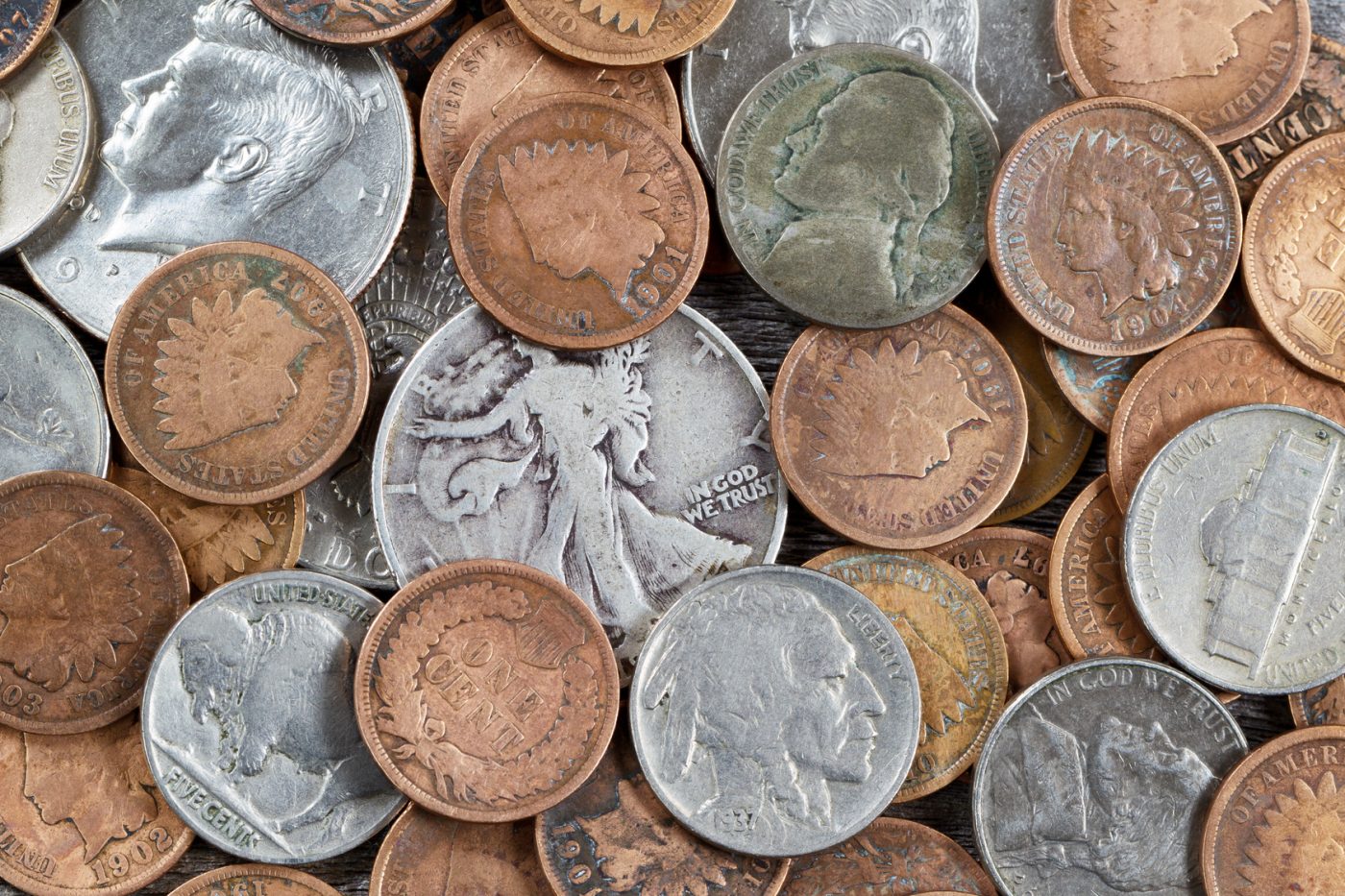In the world of numismatics, the discovery of rare coins is like uncovering hidden treasures.
Recently, two rare bicentennial quarters have stirred up excitement among collectors and enthusiasts alike.
These coins, with their astonishing values, have become the talk of the town.
Let’s delve into the fascinating world of these rare bicentennial quarters and explore what makes them so valuable.
The $1200 Million Bicentennial Quarter:
This particular bicentennial quarter, minted in 1976, features a unique error that has catapulted its value to nearly $1200 million.
The error lies in the absence of the “S” mintmark, indicating that it was not minted in San Francisco as it should have been.
Instead, it was likely struck at the Philadelphia Mint, making it an extremely rare find. The missing mintmark adds an aura of mystery and rarity to this already prized coin.
Historical Significance:
Beyond its monetary value, this bicentennial quarter holds immense historical significance. The bicentennial year of 1976 marked the 200th anniversary of the United States declaring independence.
As such, coins minted during this period carry added sentimental value, serving as tangible reminders of America’s rich heritage.
Owning a piece of history like this rare bicentennial quarter allows collectors to connect with the past in a profound way.
The 1776-1976 Bicentennial Quarter with the D Mintmark:
Among the rarest bicentennial quarters is the 1976-D version. Minted in Denver, this quarter features a special mark denoting its origin.
Only a limited number were produced, making it highly sought after by collectors. Its rarity and historical significance contribute to its substantial value, estimated at over $20 million.
The 1776-1976 Bicentennial Quarter with the S Mintmark:
Another prized variant is the 1976-S bicentennial quarter, minted in San Francisco. With a relatively low mintage compared to its counterparts, the 1976-S quarter commands a hefty price tag in the numismatic market.
Its scarcity and unique minting location elevate its value to over $20 million, attracting collectors worldwide.
The 1776-1976 Bicentennial Quarter Double Die Obverse:
Double die errors are a numismatic rarity, and the bicentennial quarter is no exception.
The 1776-1976 double die obverse features a distinct doubling of the design elements, adding an extra layer of uniqueness to the coin.
Collectors covet these error coins for their scarcity and visual appeal, valuing them at over $20 million each.
The 1776-1976 Bicentennial Quarter Triple Die Obverse:

Even rarer than the double die variety is the triple die obverse bicentennial quarter.
This error coin exhibits three distinct impressions of the design elements, making it a true anomaly in the world of numismatics.
The scarcity of triple die obverse quarters drives their value well above $20 million, making them prized possessions for collectors.
The 1776-1976 Bicentennial Quarter Struck on a Silver Planchet:
Occasionally, minting errors result in quarters being struck on silver planchets instead of the intended copper-nickel composition.
These silver bicentennial quarters are exceptionally rare and fetch exorbitant prices at auctions. With values exceeding $820 million, they represent a lucrative investment opportunity for discerning collectors.
The 1776-1976 Bicentennial Quarter Struck on a Nickel Planchet:
Similar to silver planchet errors, bicentennial quarters struck on nickel planchets are highly coveted by numismatists.
The deviation from the standard composition adds to their allure and rarity, driving prices upwards of $920 million. Collectors eagerly seek out these unique specimens to add to their collections.
The 1776-1976 Bicentennial Quarter with Minting Varieties:
Variations in minting techniques and equipment can result in subtle differences among bicentennial quarters.
Collectors meticulously catalog these minting varieties, with certain iterations commanding significant premiums.
Examples include repunched mintmarks and rotated dies, with values surpassing $1020 million for the rarest varieties.
The 1776-1976 Bicentennial Quarter with Proof Finish:
Proof coins are struck using specially polished dies and planchets, resulting in a pristine finish with mirror-like surfaces.
Bicentennial quarters featuring proof finishes are highly desirable among collectors for their exceptional quality and visual appeal. With limited mintages, these coins can fetch prices upwards of $520 million in the numismatic market.
The 1776-1976 Bicentennial Quarter with Mint Errors:
Minting errors add intrigue to bicentennial quarters, elevating their value in the eyes of collectors. Examples of mint errors include off-center strikes, clipped planchets, and die cracks, among others.
The rarity and uniqueness of these error coins contribute to their valuation, often exceeding $620 million at auction.
The 1776-1976 Bicentennial Quarter Graded by Top Numismatic Agencies:
The grading process plays a crucial role in determining the value of rare bicentennial quarters.
Coins graded by top numismatic agencies, such as PCGS and NGC, carry a premium due to their authentication and certification.
High-grade specimens can command prices well above $720 million, attracting serious collectors and investors alike.
Conclusion:
The discovery of a rare bicentennial quarter worth nearly $2400 million has brought renewed attention to the world of numismatics.
With 10 more quarters worth over $1400 million each, collectors have a plethora of valuable treasures to pursue.
Whether it’s a minting error, unique variety, or proof finish, these coins captivate enthusiasts with their rarity and historical significance.
As the quest for rare coins continues, the allure of these numismatic treasures only grows stronger.

